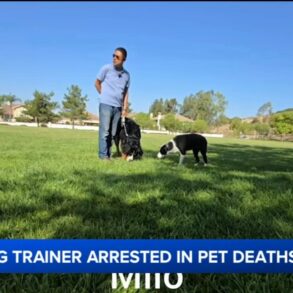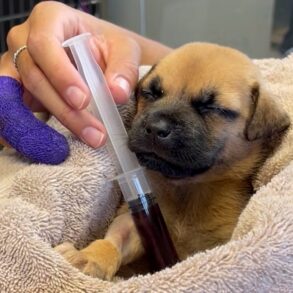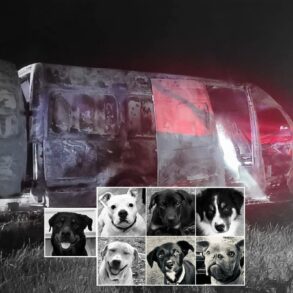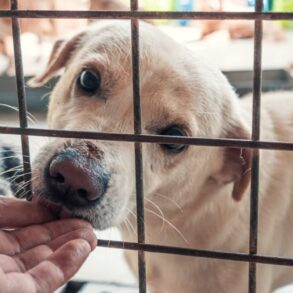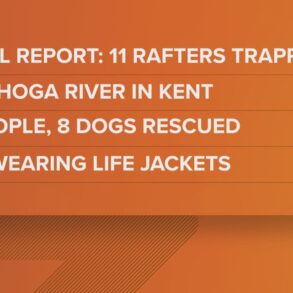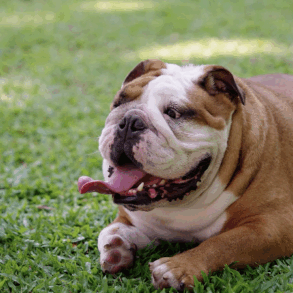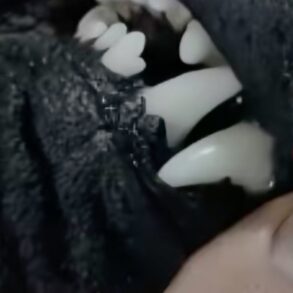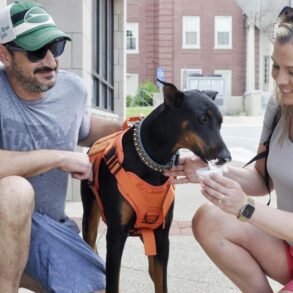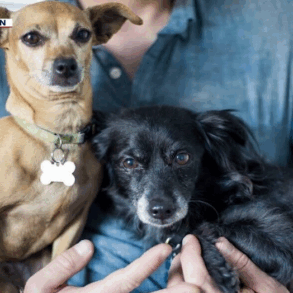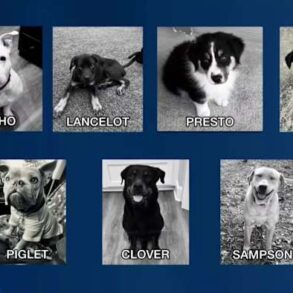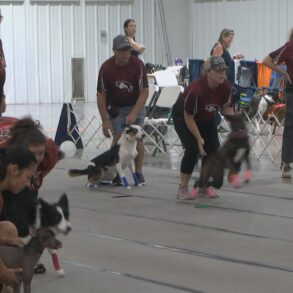
Like Mary Mallon, or Typhoid Mary, pets can spread diseases caused by Salmonella without getting ill themselves. This makes it possible for pet dogs and cats to fly under the radar as vectors spreading disease. A group of researchers at Pennsylvania State University (Penn State) examined existing cases of Salmonella isolated from dogs to quantify the threat of antimicrobial-resistant bacteria spread by dogs.
“Especially with Salmonella, we think about the role of agriculture and transmission; we think about eggs, we think about beef,” lead researcher Sophia Kenney, a doctoral student at Penn State, said in a press release. “But the thing is, we don’t let cows sleep in our beds or lick our faces, but we do dogs. We have this close bond with companion animals in general, and we have a really close interface with dogs. So, we asked the question: What’s the role of companion animals in transmission of zoonotic disease like Salmonella, since they can get it. Salmonella infections in dogs are not common but we’re aware of foodborne outbreaks related to pet treats or from contact with contaminated pet food and improper food handling.”
Salmonella contamination challenges pet food makers, especially with the zero-tolerance policy for the bacteria under the U.S. Food and Drug Administration’s Food Safety Modernization Act. Federal law requires all pet food to be free of Salmonella, and all other pathogens. Pet foods contaminated with pathogens such as Salmonella present a double threat since they can affect both human and animal health. Pets can get sick from Salmonella, but may also be carriers of the bacteria without appearing to be ill, like Typhoid Mary. Once Salmonella gets established in the pet’s gastrointestinal tract, the animal can shed the bacteria in bowel movements, allowing the contamination will continue to spread.
Research on Salmonella spread by dogs
To explore the zoonotic potential of antimicrobial-resistant Salmonella and nontyphoidal Salmonella in dogs and humans, the Penn State researchers analyzed data from the U.S. Food & Drug Administration’s Veterinary Laboratory Investigation and Response Network. The scientists identified all nontyphoidal Salmonella strains isolated from domestic dogs between May 2017 and March 2023.
The researchers then cross-referenced the timing and location of these 87 cases with strains isolated from humans in the National Center for Biotechnology Information database, managed by the National Library of Medicine at the National Institutes of Health. This database provides access to biomedical and genomic information. They identified 77 suspected zoonotic cases, where bacteria likely transferred from dogs to humans, involving 164 strains across 17 U.S. states.
The Salmonella strains isolated from dogs represented diverse serovars, or distinct bacterial variations, most of which were clinically relevant to human health. While the datasets lacked details on infection severity or treatments, all identified strains carried antimicrobial resistance genes for drug classes classified as critically or highly important by the World Health Organization.
“We identified 16 nontyphoidal Salmonella isolates from humans closely related to more than one of six dog-associated strains,” Kenney said. “Collectively, our data emphasize the importance of antimicrobial stewardship and sustained biosurveillance beyond human and agriculture-associated veterinary medicine, using a ‘One Health’ framework, that accounts for all transmission points — including companion animals. One Health is an approach that recognizes that the health of people is closely connected to the health of animals and our shared environment.”
This post was originally published on this site be sure to check out more of their content.







